Lyngso DZM402 Speed Relay Module Introduction
1. Product Overview
The Lyngso DZM402 is a specialized speed relay module, engineered with precision for industrial applications where accurate speed monitoring and control are of utmost importance. It is particularly well – suited for use in marine, power generation, and various industrial machinery systems. This module plays a crucial role in safeguarding equipment by ensuring that rotational speeds of motors, engines, or other rotating components remain within safe and optimal operating ranges.
Designed by Lyngso Marine, a renowned name in the marine electronics and industrial control systems sector, the DZM402 combines advanced technology with robust construction. It is often an integral part of larger control systems, working in tandem with other modules to provide comprehensive speed – related monitoring and control functions.
2. Product Technical Parameters
2.1 Electrical Parameters
- Operating Voltage: The DZM402 operates on a +24 VDC power supply. This standard voltage level in industrial settings ensures stable and reliable power delivery to the module, enabling it to function consistently under normal operating conditions.
- Input Signals: It is designed to receive speed – related input signals. For example, it can accept a 2 – 3V signal on one input configuration, which is typically used to represent a specific speed range or status. Additionally, it can handle a 0 – 1V or 1 – 2V signal on other input arrangements, depending on the sensor or system providing the speed information. These input signals are then processed by the module to determine the actual rotational speed.
- Output Signals: The module provides output signals that can be used to trigger various actions. These output signals are in a format that can be easily integrated with other control components in the system. For instance, it may output a digital signal that can be used to activate alarms, initiate shutdown procedures, or adjust the speed of the rotating equipment through a control loop.
- Isolation: The DZM402 features electrical isolation to protect the module and the connected systems from electrical interference and potential damage. This isolation helps in maintaining the integrity of the speed – monitoring signals and prevents unwanted electrical coupling between different parts of the control system.
2.2 Mechanical Parameters
- Dimensions: With compact dimensions, the DZM402 is designed to fit into tight spaces within control cabinets or equipment enclosures. Although specific dimensions may vary slightly depending on the manufacturing batch, it is typically engineered to be small enough to be installed in locations where space is at a premium.
- Weight: Weighing approximately 830 grams, the module is relatively lightweight. This makes it easy to handle during installation and maintenance processes. The lightweight design also contributes to reduced stress on mounting brackets and other mechanical components within the installation environment.
2.3 Environmental Parameters
- Operating Temperature: The DZM402 can function effectively within a wide temperature range. It is designed to operate in temperatures ranging from -20 °C to +60 °C. This temperature tolerance allows it to be used in diverse industrial environments, including those in cold storage facilities, hot industrial processing plants, and marine applications where temperature fluctuations can be significant.
- Humidity Resistance: The module is built to withstand high humidity levels commonly found in industrial settings. It can operate in relative humidity environments up to 95% non – condensing. This makes it suitable for use in areas with high moisture content, such as near water sources, in humid tropical climates, or in industrial processes that generate steam or moisture.
2.4 Certification
The Lyngso DZM402 complies with relevant international standards for industrial control equipment. It may hold certifications such as CE, which indicates compliance with European safety, health, and environmental protection regulations. These certifications ensure that the module meets the required quality and safety standards, making it suitable for use in a wide range of industrial applications around the world.
3. Usage Method
3.1 Installation
- Mounting: The DZM402 is typically designed to be mounted on a standard DIN rail, a common mounting method in industrial control cabinets. First, select an appropriate DIN rail within the control cabinet where the module will be installed. Ensure that the DIN rail is securely fastened and has sufficient space around it for proper ventilation. Then, carefully slide the DZM402 module onto the DIN rail until it clicks into place, ensuring a firm and secure connection.
- Wiring: Connect the power supply wires to the designated power terminals on the DZM402 module. Make sure to observe the correct polarity for the +24 VDC power input. Next, connect the speed – input signal wires from the sensors (such as tachometers or other speed – measuring devices) to the appropriate input terminals on the module. Similarly, connect the output wires from the DZM402 to the devices or systems that will receive the speed – related control signals, such as alarms, controllers, or other components in the control loop.
3.2 Configuration
- Setting Input Ranges: Depending on the type of speed – measuring sensor used and the expected speed range of the rotating equipment, the input ranges of the DZM402 may need to be configured. This can often be done through internal jumpers or software – based configuration if the module supports it. For example, if the sensor outputs a 0 – 5V signal proportional to the speed, and the DZM402 needs to be calibrated to accurately interpret this signal, the appropriate input range settings should be adjusted.
- Output Thresholds: Set the output thresholds according to the specific requirements of the application. These thresholds determine at what speed values the module will trigger its output signals. For instance, if an alarm needs to be activated when the rotational speed exceeds a certain limit, configure the DZM402 to output a signal at that specific speed threshold.
3.3 Operation
Once installed and configured, the DZM402 continuously monitors the input speed signals. As the rotating equipment changes speed, the sensor sends corresponding electrical signals to the DZM402. The module processes these signals and compares the measured speed with the pre – configured thresholds. If the speed exceeds or falls below the set limits, the DZM402 will generate an appropriate output signal. This output signal can then be used to perform various actions, such as activating an audible or visual alarm, sending a signal to a controller to adjust the speed of the equipment, or initiating a shutdown sequence to protect the machinery from damage.
4. System Introduction
4.1 Integration in Control Systems
The DZM402 is often integrated into larger industrial control systems. In marine applications, it can be part of a ship’s engine control system. Here, it works in harmony with other modules such as analog input modules (like the AEM402 from Lyngso Marine, which may be used to monitor other engine – related parameters such as temperature and pressure), controller modules, and communication modules. The DZM402’s speed – monitoring data is combined with data from other sources, and the overall control system uses this comprehensive information to optimize the performance of the ship’s engines, ensuring safe and efficient operation.
In power generation plants, the DZM402 can be integrated into the control system of generators. It helps in maintaining the correct rotational speed of the generator, which is crucial for producing stable electrical power. By continuously monitoring the speed and providing feedback to the generator’s control system, it ensures that the power output remains within the required specifications.
4.2 Communication Capabilities
- Digital Communication Protocols: Although not as extensively detailed as some other modules, the DZM402 may support basic digital communication protocols. It could potentially communicate with other devices in the control system using a serial communication protocol such as RS – 485. This allows for the transfer of speed – related data and status information to other components in the system, enabling centralized monitoring and control.
- Integration with Monitoring Software: The module can be integrated with monitoring software that is used to manage and analyze data from multiple sensors and modules in the industrial system. This software can display real – time speed information, historical speed trends, and any speed – related alarms or events. By integrating the DZM402 with such software, operators can have a comprehensive view of the equipment’s speed performance and take appropriate actions when necessary.
4.3 Interaction with Other Modules
The DZM402 interacts closely with other modules in the system. For example, it may receive input signals from sensors that are connected to an analog – to – digital converter module. Once it processes the speed data, it can send output signals to a logic – control module, which then decides on the appropriate actions based on the speed information and other system parameters. This interaction between different modules within the industrial control system is essential for ensuring the smooth and safe operation of the overall process.
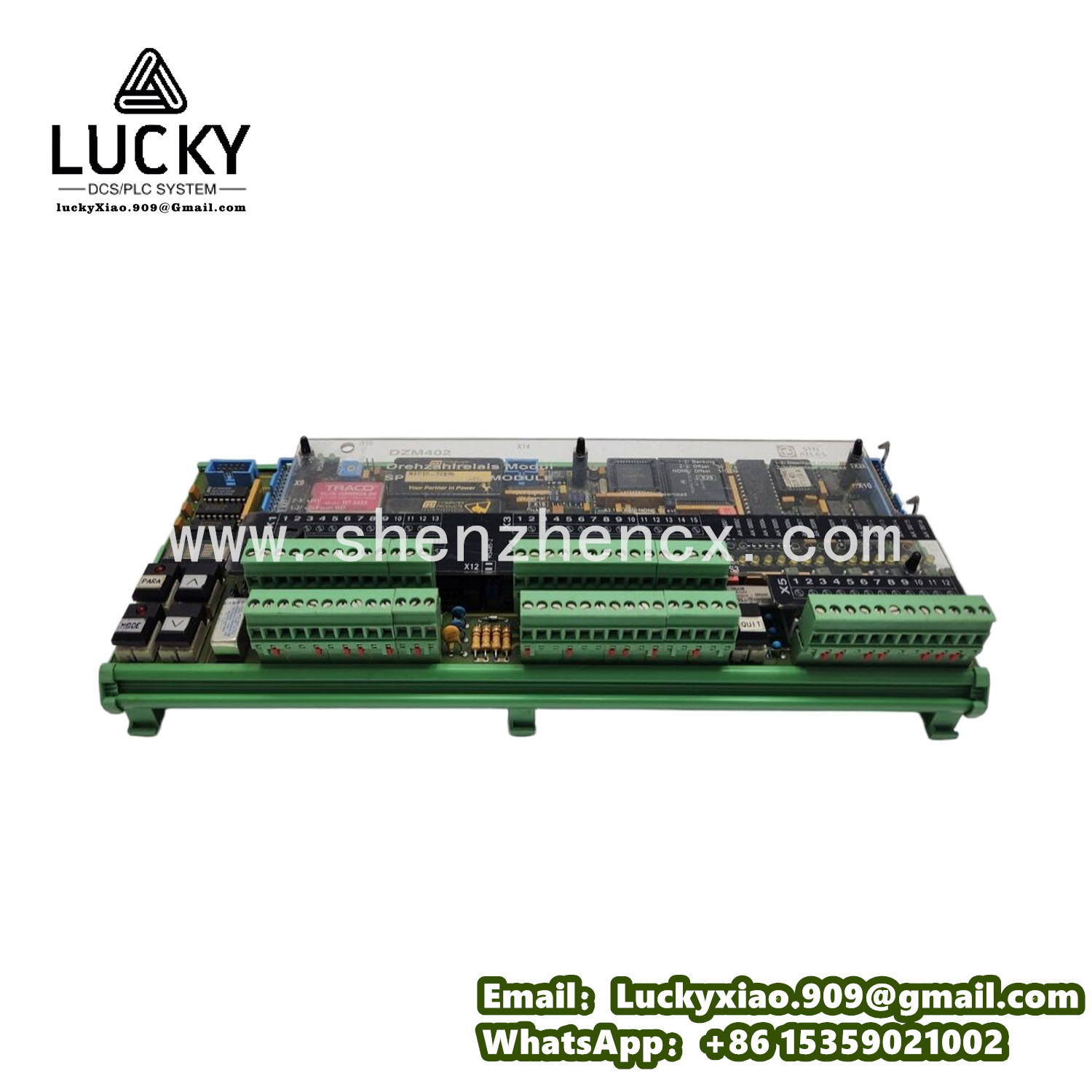



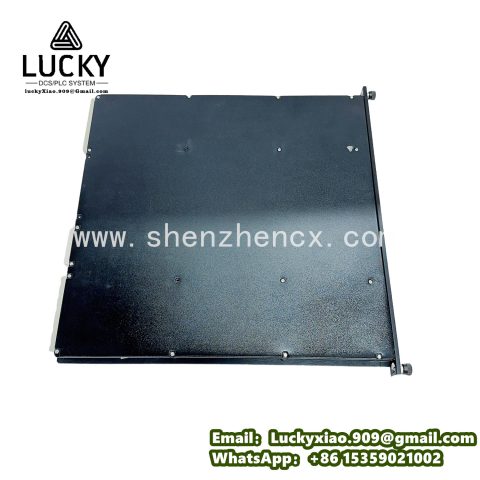
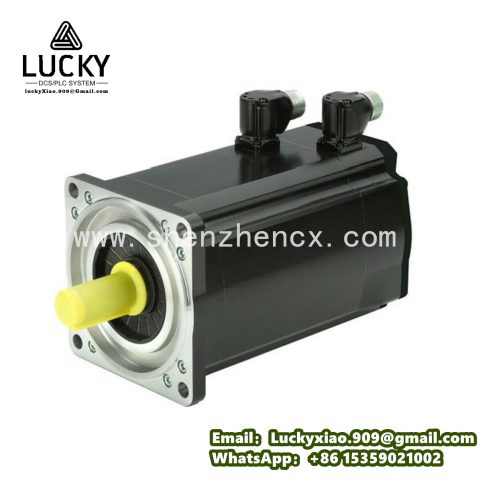
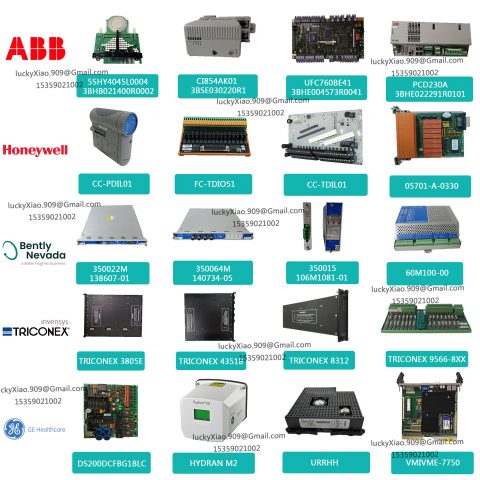
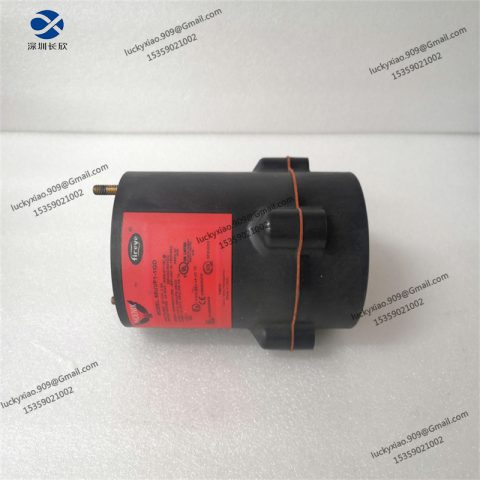
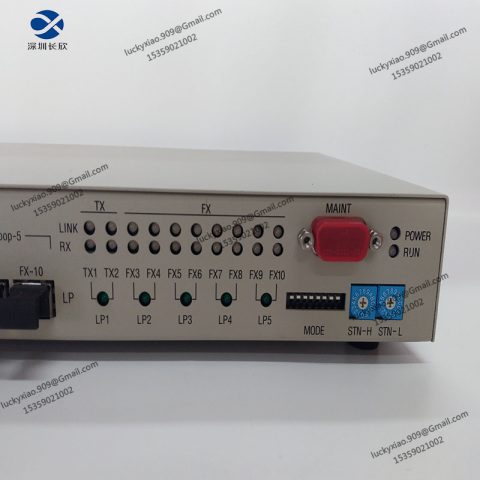
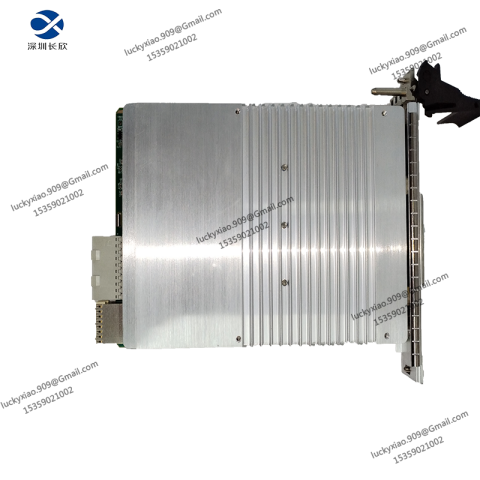
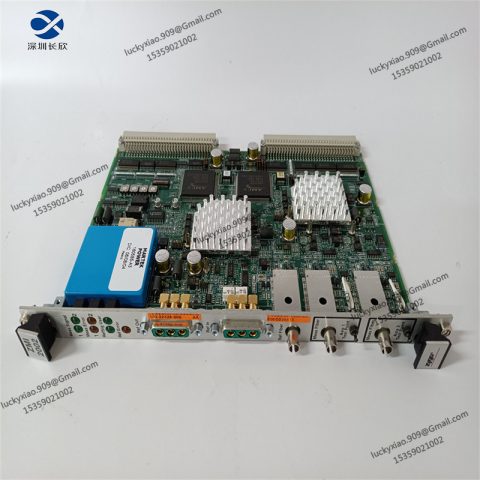
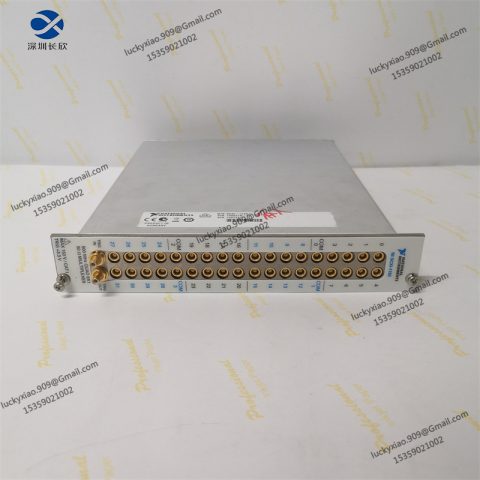
There are no reviews yet.